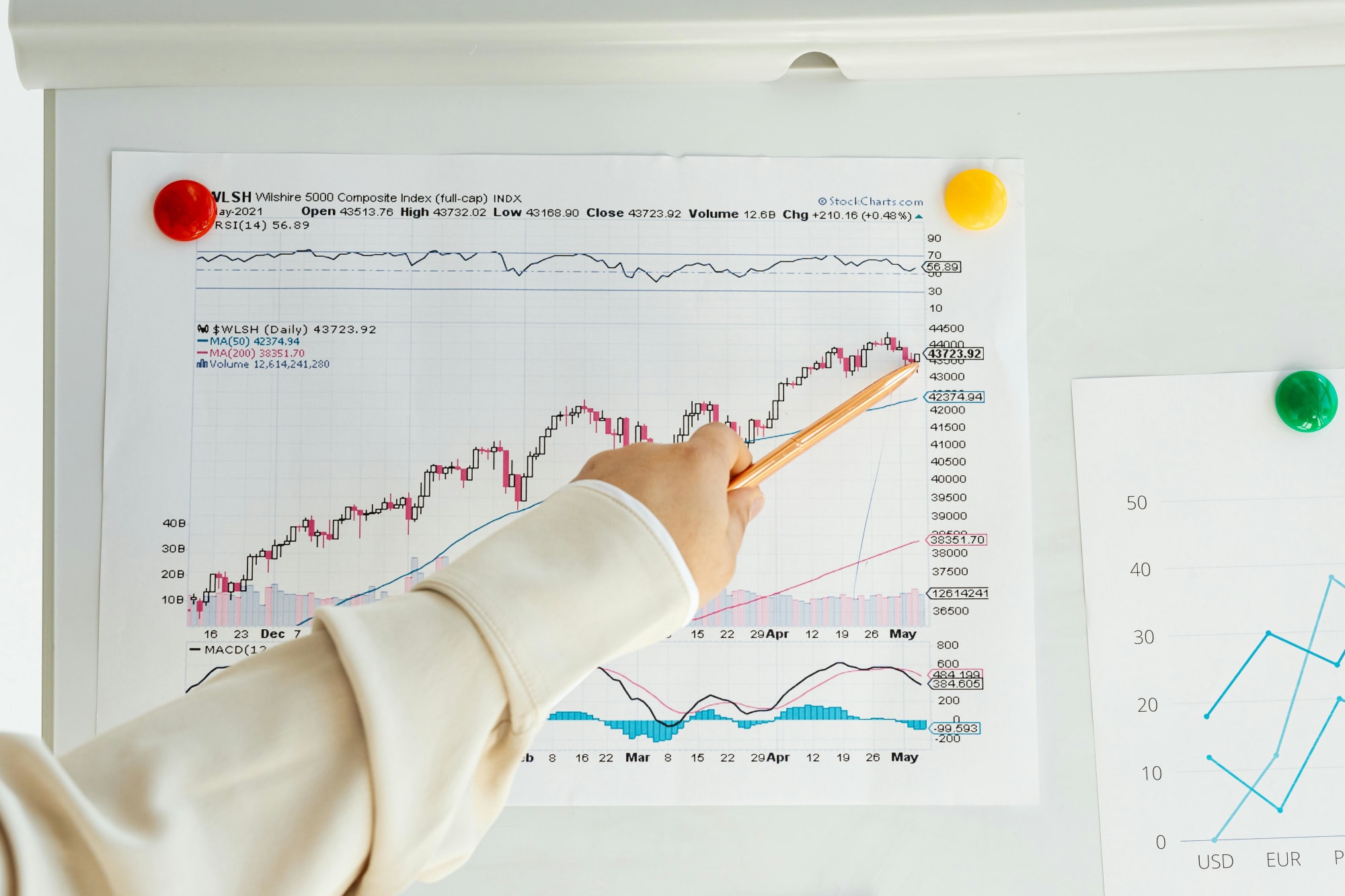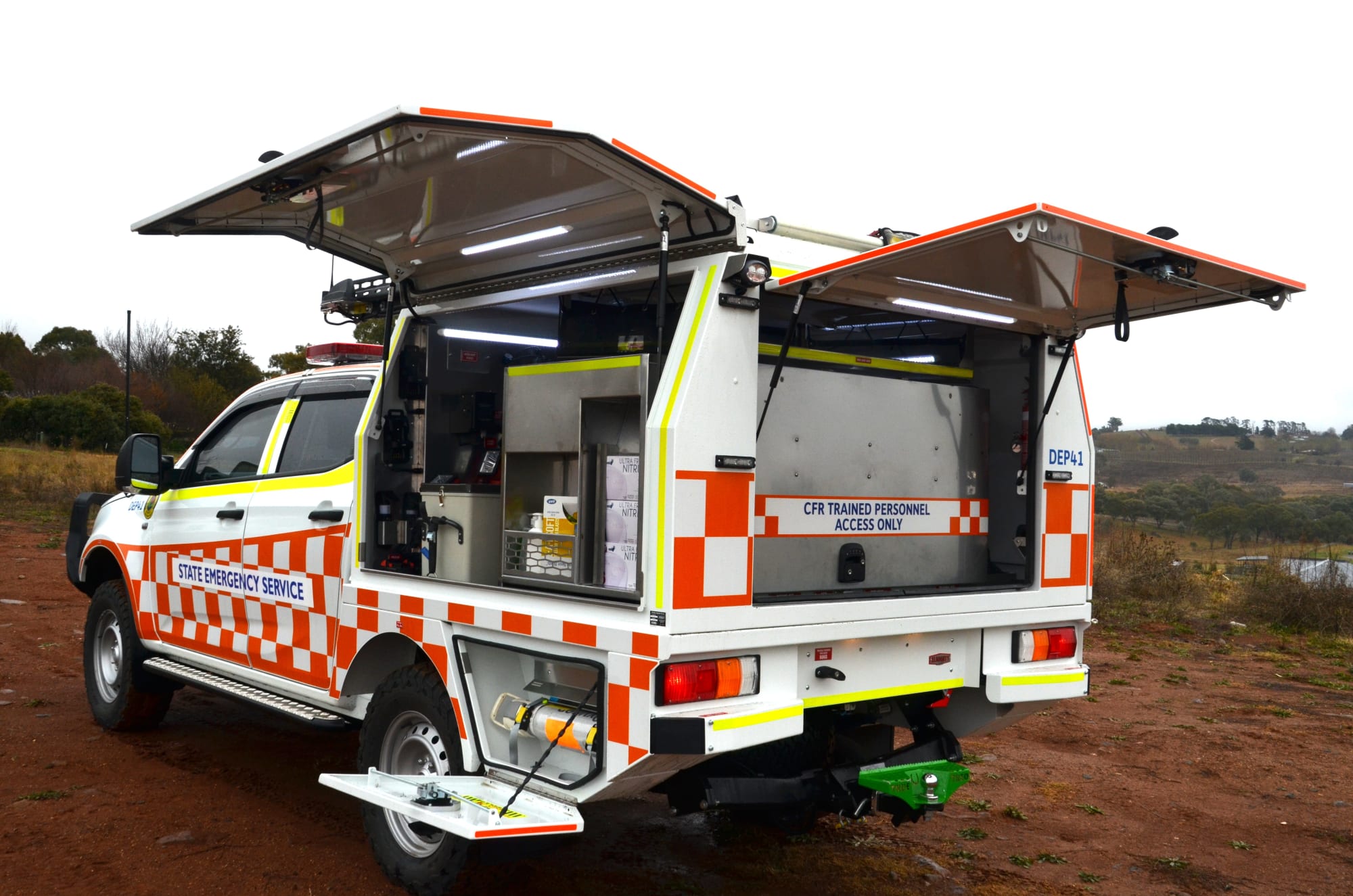Invest
Co-ops and mutuals boost revenue to $43.2 billion despite economic challenges
Invest
Co-ops and mutuals boost revenue to $43.2 billion despite economic challenges
Australia's top 100 co-operative and mutual businesses have posted a record performance in the 2023 financial year, growing total revenue by 16.1 percent to $43.2 billion.
Co-ops and mutuals boost revenue to $43.2 billion despite economic challenges
Australia's top 100 co-operative and mutual businesses have posted a record performance in the 2023 financial year, growing total revenue by 16.1 percent to $43.2 billion.

The latest National Mutual Economy (NME) report, published by the Business Council of Co-operatives and Mutuals (BCCM), revealed strong revenue growth across most parts of the sector despite global inflationary pressures. The report also showed a significant return to profitability for the sector, with the top 100 posting a combined net profit of $1.83 billion, more than double the previous year's $712 million. This strong earnings turnaround reflected improved performance by co-ops and mutuals operating in health insurance, agribusiness and motoring services. However, those in financial services were impacted by the higher interest rate environment, which dampened consumer borrowing. The top 100 list features some of Australia's biggest unlisted companies, including West Australian grain handler CBH, health insurers HCF and HBF, motoring groups NRMA, RACQ and RAA, as well as dairy producer Norco. Melina Morrison, Chief Executive Officer of the BCCM, said the strong financial performance during a period of economic instability demonstrated the resilience of the sector. "The fact that revenue continues to grow, despite volatile economic circumstances for those who sell their goods overseas, or in competitive markets, shows co-ops and mutuals proudly hold their own year in, year out," Morrison said. She added that co-ops and mutuals accept the need to make a profit for sustainability and growth but place more value in providing services to their customers, who are also their owner members. Co-operatives and mutuals exist for the benefit of their members, which may be customers, staff, suppliers, or a combination of stakeholders. Unlike listed companies, they are not motivated by the need to maximise profits and pay dividends to investors. Instead, they can use surplus funds to reinvest in services and deliver benefits to members. Eight in every 10 Australians are members of at least one co-operative or mutual. Morrison highlighted the sector's ability to counter inflationary pressures, saying, "In periods of high inflation, co-ops and mutuals are better able to counter headwinds because they keep their operating costs lean and do what they can to reinvest in their businesses and people." The NME report showed that Australia's co-ops and mutuals had combined active memberships of 34.7 million during the 2023 financial year, up from a previous 33.3 million. This growth occurred despite the number of co-ops and mutuals falling slightly to 1819, partly reflecting merger activity within the sector. Jobs growth in the sector was also strong, with co-operatives and mutuals employing 89,000 people, up from 76,000 in the previous year. CBH retained its position as the largest member-owned business, with turnover of $6.19 billion, slightly down on the previous year's $6.23 billion. It was followed by health insurer HCF ($3.9 billion), automotive group Capricorn Society ($3.4 billion) and Queensland's RACQ ($2.39 billion). Agribusinesses benefited from strong commodity prices, which were partly offset by higher input costs. Although much of the supply chain disruption caused by COVID-19 had abated, the sector continued to feel the impact of the war in Ukraine.


Economy
Navigating the inflation maze: How CFOs can outsmart economic hurdles in Australia
Fresh inflation data have cooled expectations of near-term rate cuts in Australia, intensifying pressure on margins, capital allocation and demand. Rather than wait for monetary relief that may not ...Read more

Economy
Inflation concerns rise as Australia's CPI climbs to 3.8% in October
Australia's latest Consumer Price Index (CPI) figures have sent ripples through the economy, with headline inflation accelerating to 3.8% year-on-year in October, up from 3.6% in September. The data, ...Read more

Economy
October CPI results pose challenges for RBA’s monetary policy stance
In a surprising turn of events, the October Consumer Price Index (CPI) data has raised eyebrows among economists and market strategists, revealing stronger-than-expected inflationary pressures in ...Read more

Economy
Global deal activity declines by 6% amid economic uncertainty, reports GlobalData
In a year characterised by economic turbulence and evolving market conditions, global deal activity has witnessed a notable downturn during the first ten months of 2025. According to GlobalData, a ...Read more

Economy
Australia’s softening labour market puts another RBA cut in play — here’s what business should do now
A four-year high in unemployment has revived expectations the Reserve Bank could deliver another rate cut as soon as November. With quarterly GDP growth running at 0.6 per cent and annual growth at ...Read more

Economy
Rising CPI reinforces RBA’s stance as rate cut expectations remain: State Street
State Street Global Advisors says the Reserve Bank of Australia (RBA) is likely to hold its current policy outlook following the release of September quarter inflation data, which showed an unexpected ...Read more

Economy
NSW SES boosts tsunami preparedness ahead of World Tsunami Awareness Day
As World Tsunami Awareness Day approaches on 5 November, the New South Wales State Emergency Service (NSW SES) is ramping up efforts to enhance tsunami preparedness along the east coastRead more

Economy
Lifesaving Regional Response Strengthened with New NSW SES Vehicles
In a significant boost to regional emergency services, the NSW State Emergency Service (SES) has unveiled 11 new Community First Response (CFR) vehicles, designed to enhance the speed and safety of ...Read more

Economy
Navigating the inflation maze: How CFOs can outsmart economic hurdles in Australia
Fresh inflation data have cooled expectations of near-term rate cuts in Australia, intensifying pressure on margins, capital allocation and demand. Rather than wait for monetary relief that may not ...Read more

Economy
Inflation concerns rise as Australia's CPI climbs to 3.8% in October
Australia's latest Consumer Price Index (CPI) figures have sent ripples through the economy, with headline inflation accelerating to 3.8% year-on-year in October, up from 3.6% in September. The data, ...Read more

Economy
October CPI results pose challenges for RBA’s monetary policy stance
In a surprising turn of events, the October Consumer Price Index (CPI) data has raised eyebrows among economists and market strategists, revealing stronger-than-expected inflationary pressures in ...Read more

Economy
Global deal activity declines by 6% amid economic uncertainty, reports GlobalData
In a year characterised by economic turbulence and evolving market conditions, global deal activity has witnessed a notable downturn during the first ten months of 2025. According to GlobalData, a ...Read more

Economy
Australia’s softening labour market puts another RBA cut in play — here’s what business should do now
A four-year high in unemployment has revived expectations the Reserve Bank could deliver another rate cut as soon as November. With quarterly GDP growth running at 0.6 per cent and annual growth at ...Read more

Economy
Rising CPI reinforces RBA’s stance as rate cut expectations remain: State Street
State Street Global Advisors says the Reserve Bank of Australia (RBA) is likely to hold its current policy outlook following the release of September quarter inflation data, which showed an unexpected ...Read more

Economy
NSW SES boosts tsunami preparedness ahead of World Tsunami Awareness Day
As World Tsunami Awareness Day approaches on 5 November, the New South Wales State Emergency Service (NSW SES) is ramping up efforts to enhance tsunami preparedness along the east coastRead more

Economy
Lifesaving Regional Response Strengthened with New NSW SES Vehicles
In a significant boost to regional emergency services, the NSW State Emergency Service (SES) has unveiled 11 new Community First Response (CFR) vehicles, designed to enhance the speed and safety of ...Read more








